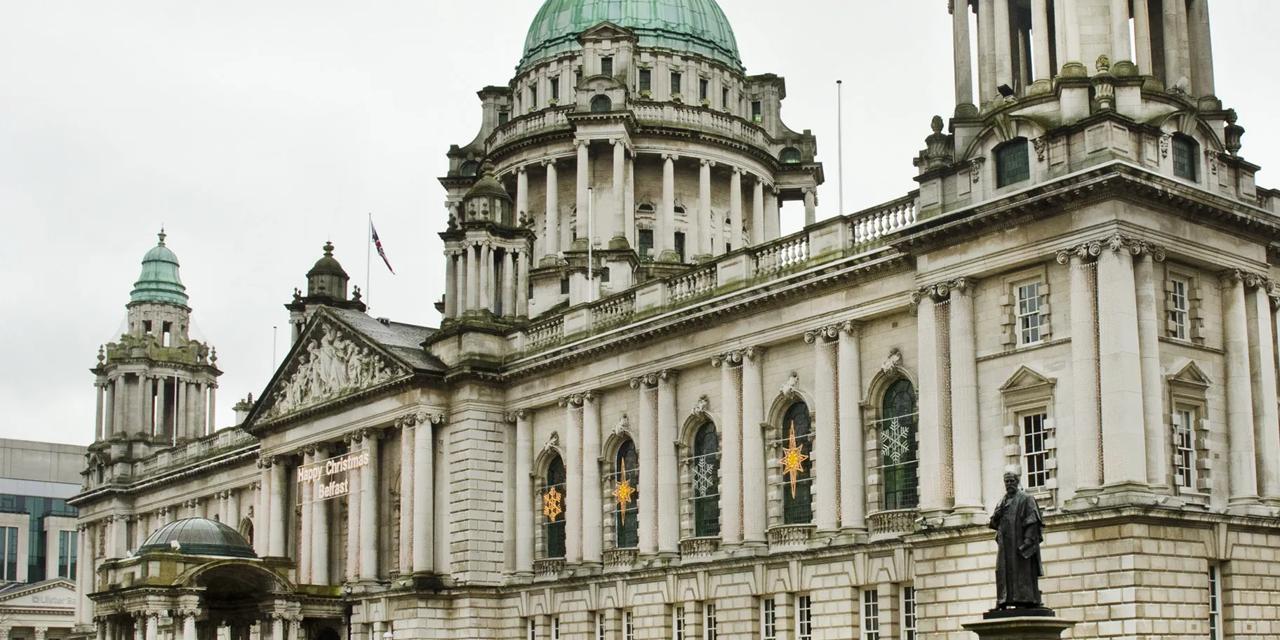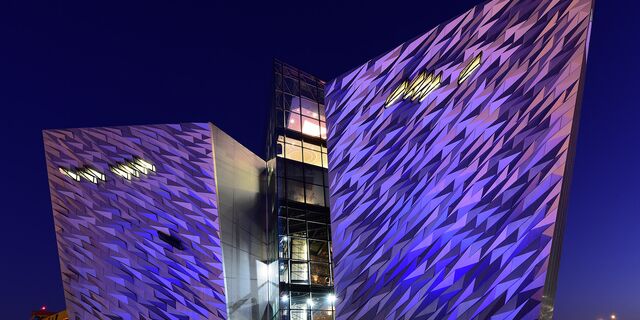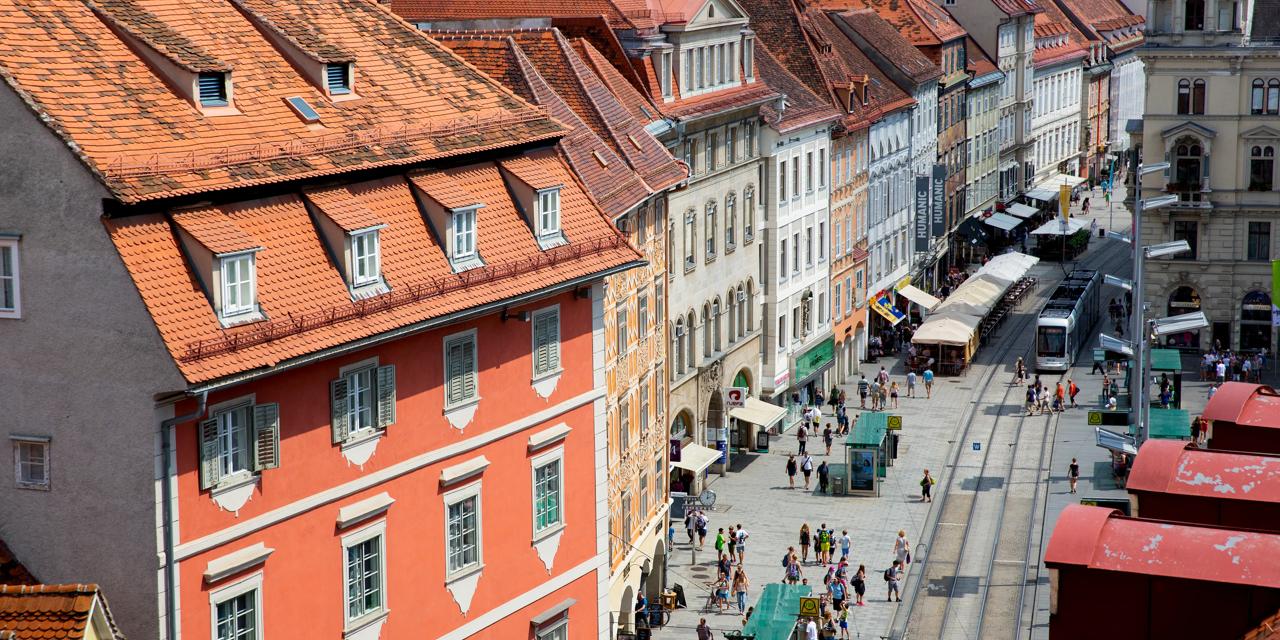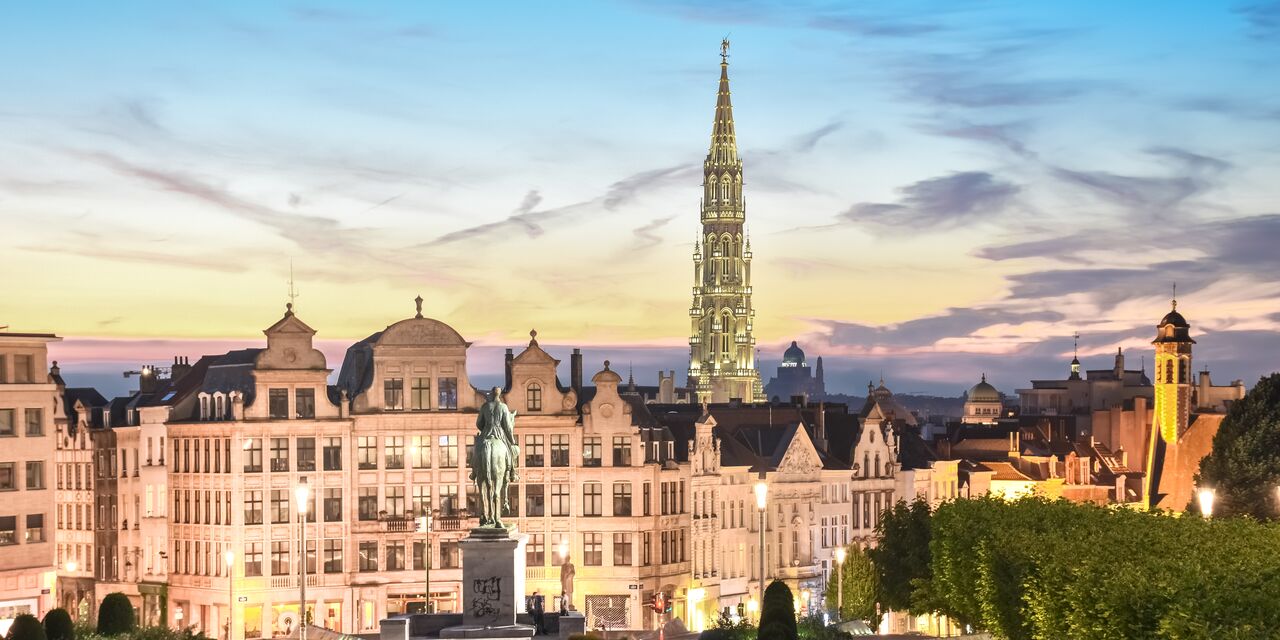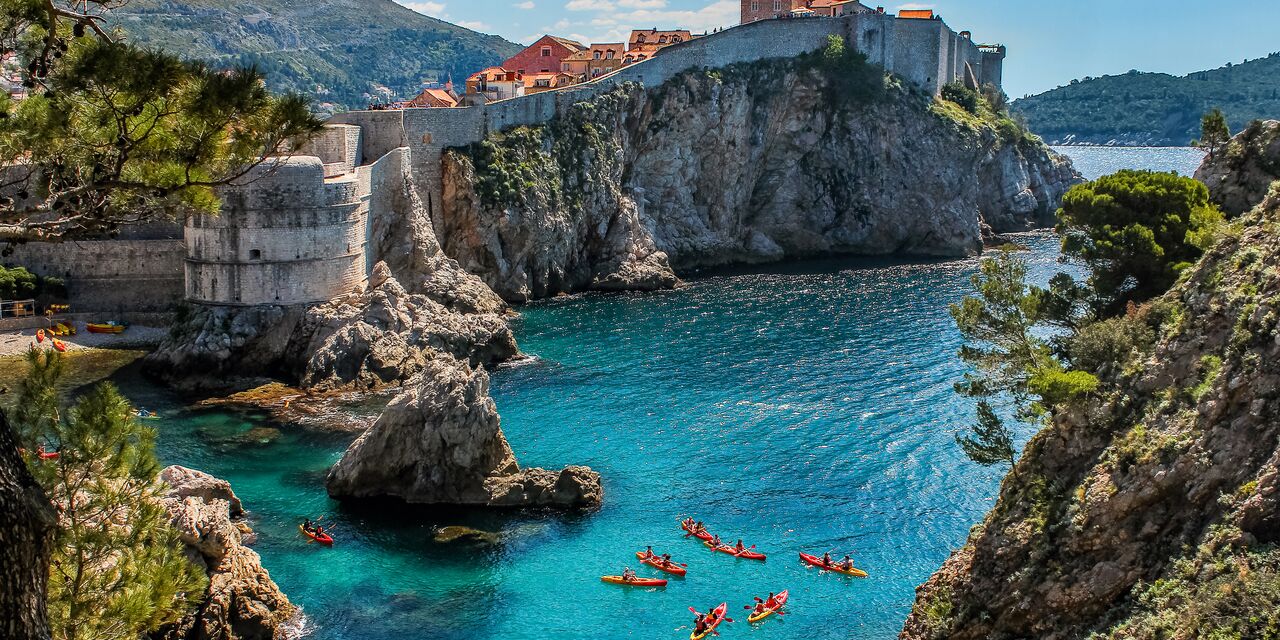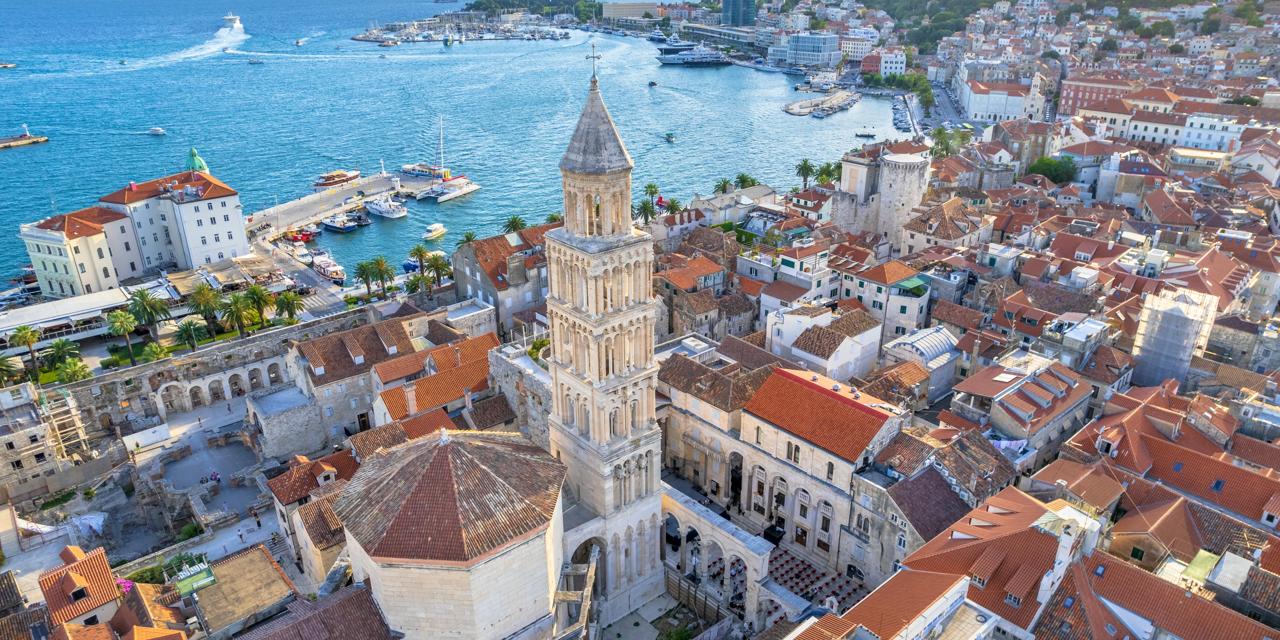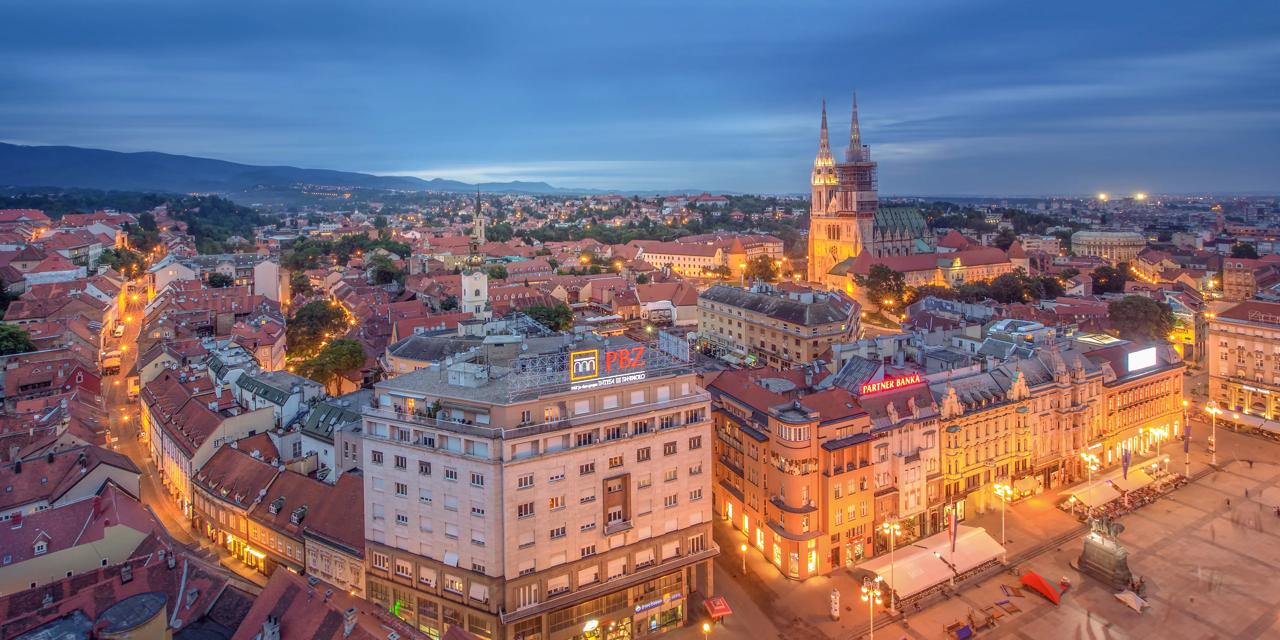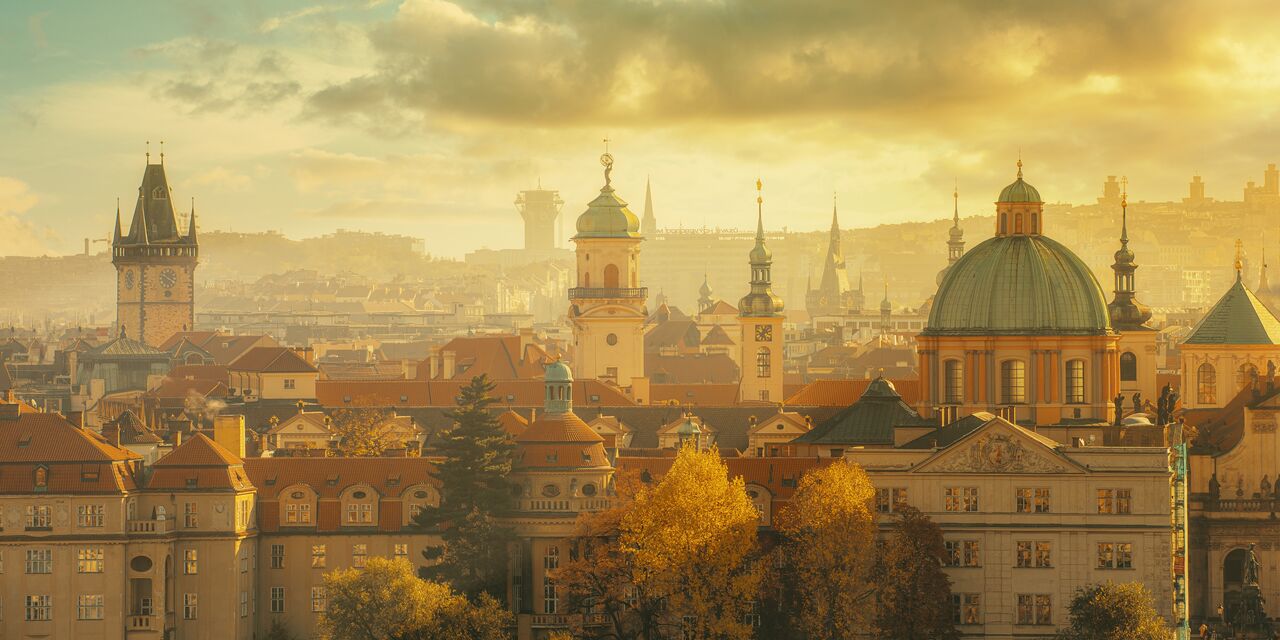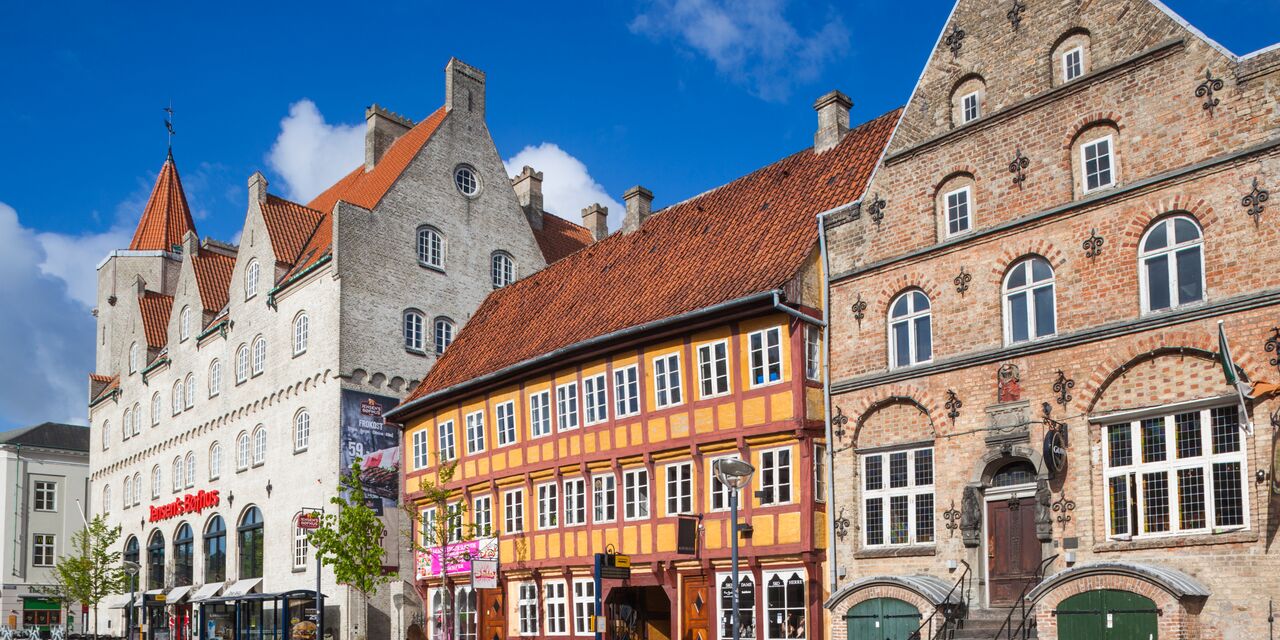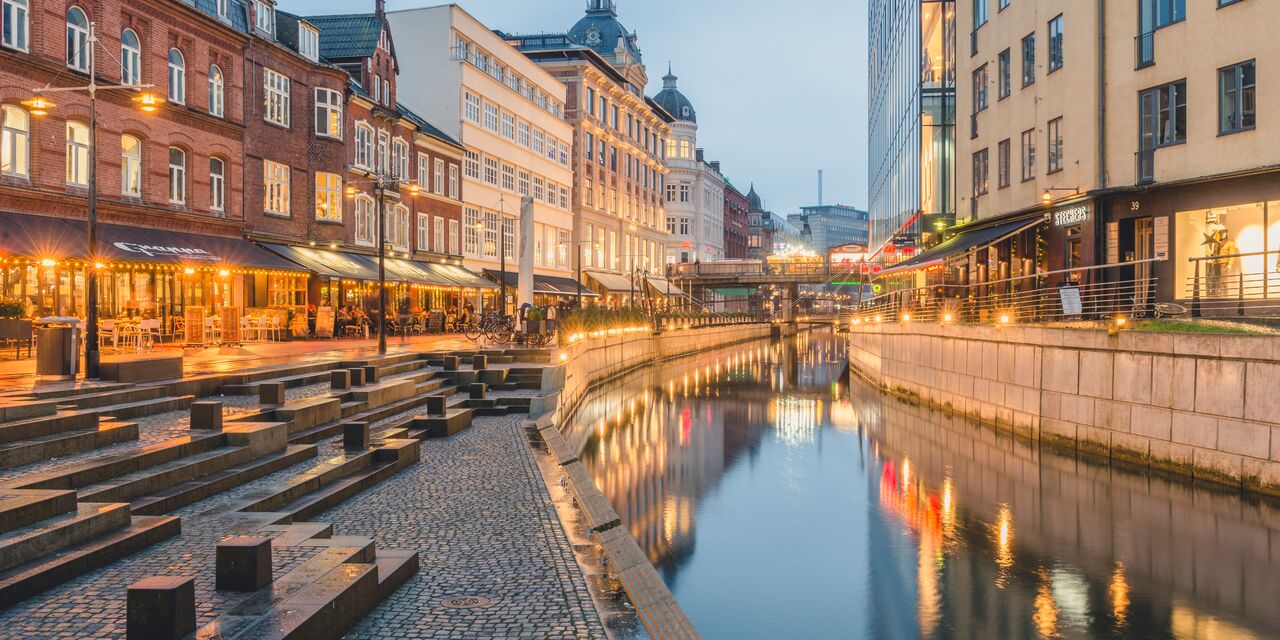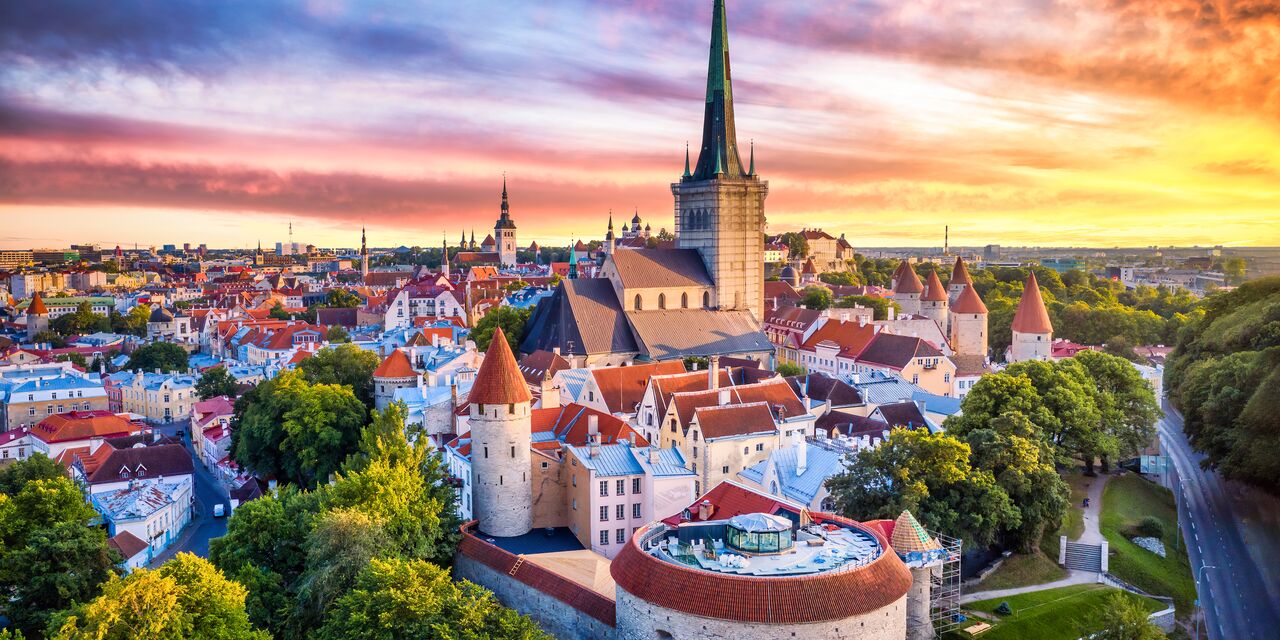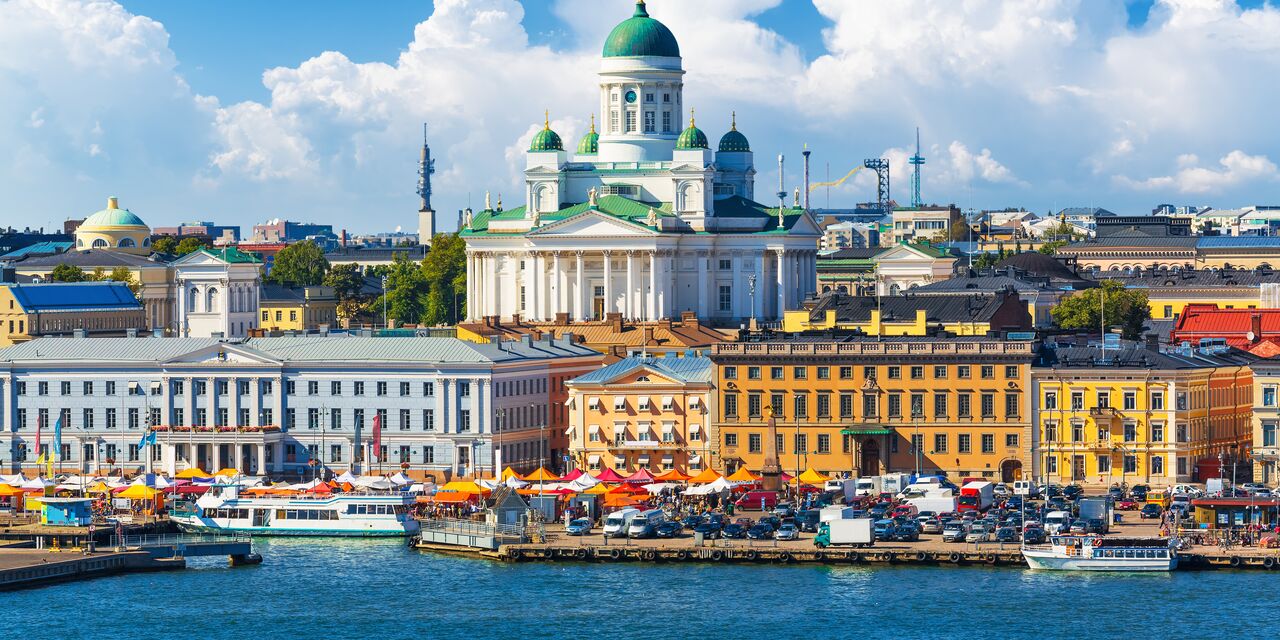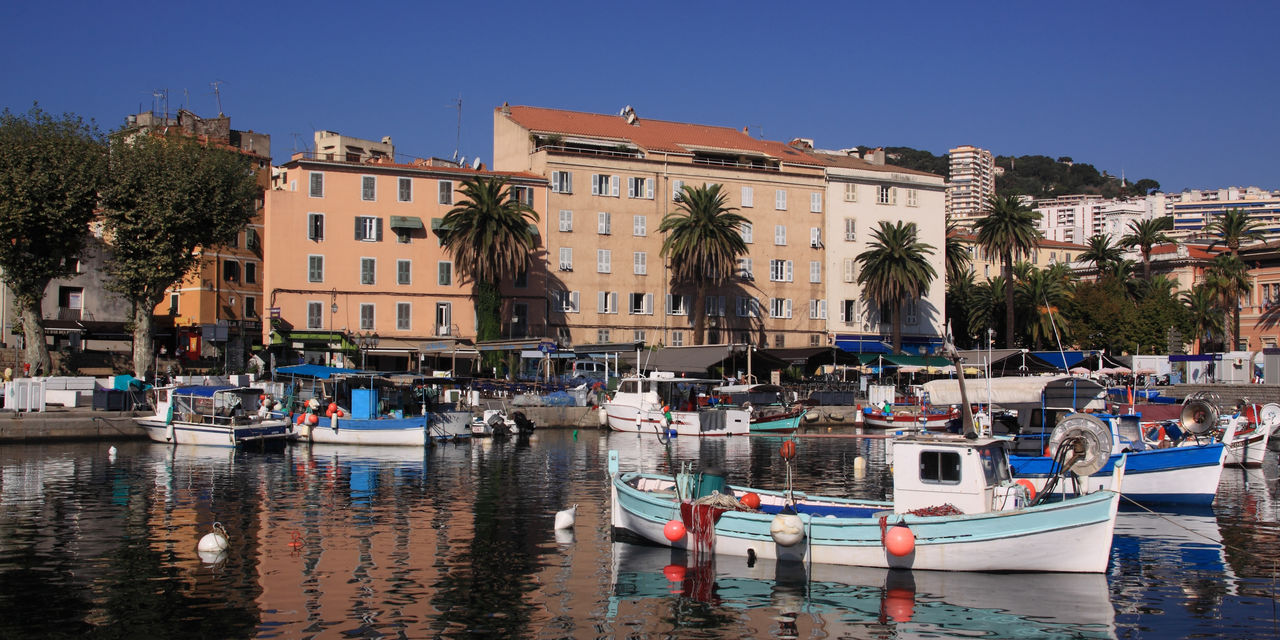A tour through the glory days of Belfast
Construction of the Belfast City Hall took 8 years and cost 369,000 pounds sterling - equivalent to 50 million Euro today. Sir Alfred Brumwell Thomas was the architect who built the structure using Portland stone from Dorset in the south of England, and the interior was finished with an abundance of Italian marble. Highlights of the opulent interior include the stained glass in the entrance hall, the monumental staircase and the Great Hall, which was destroyed in the Second World War but rebuilt shortly afterwards. During the one-hour guided tour, visitors can pretend to be the Mayor of Belfast by taking a seat on the mayor’s throne in the council chamber. Afterwards unwind at the on-site café The Bobbin, a social enterprise where soup, sandwiches or afternoon tea is served. The free tours are offered several times a day, from Monday through Saturday; reservations are not accepted so arrive early. In the garden of the Belfast City Hall you will find statues of the shipyard tycoon of those days, Mayor Sir Edward Harland, and numerous other dignitaries. On summer days this is a popular destination for local office workers who come to eat their lunch on a bench or for young people who laze around on the perfectly manicured lawns. Visitors usually flock here for a different reason: the popular Titanic Memorial Garden. There is a plaque engraved with the names of all 1,517 victims of the mighty steamship that was built in Belfast and tragically sank on her maiden voyage in 1912.

